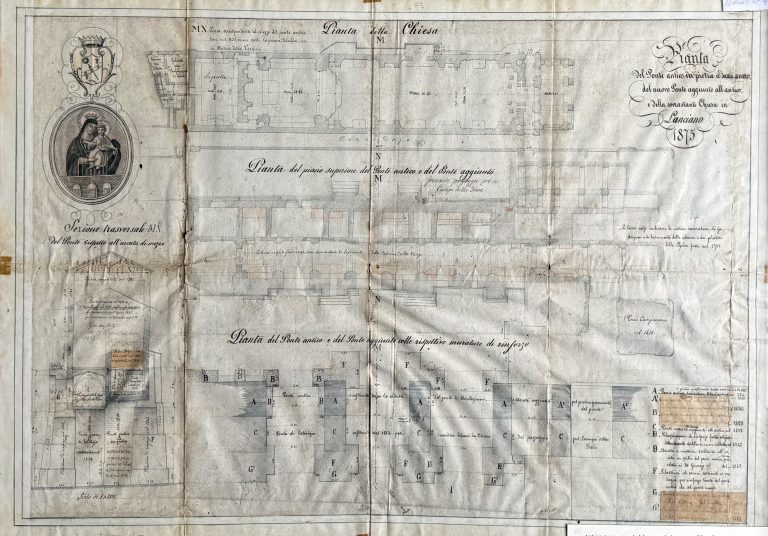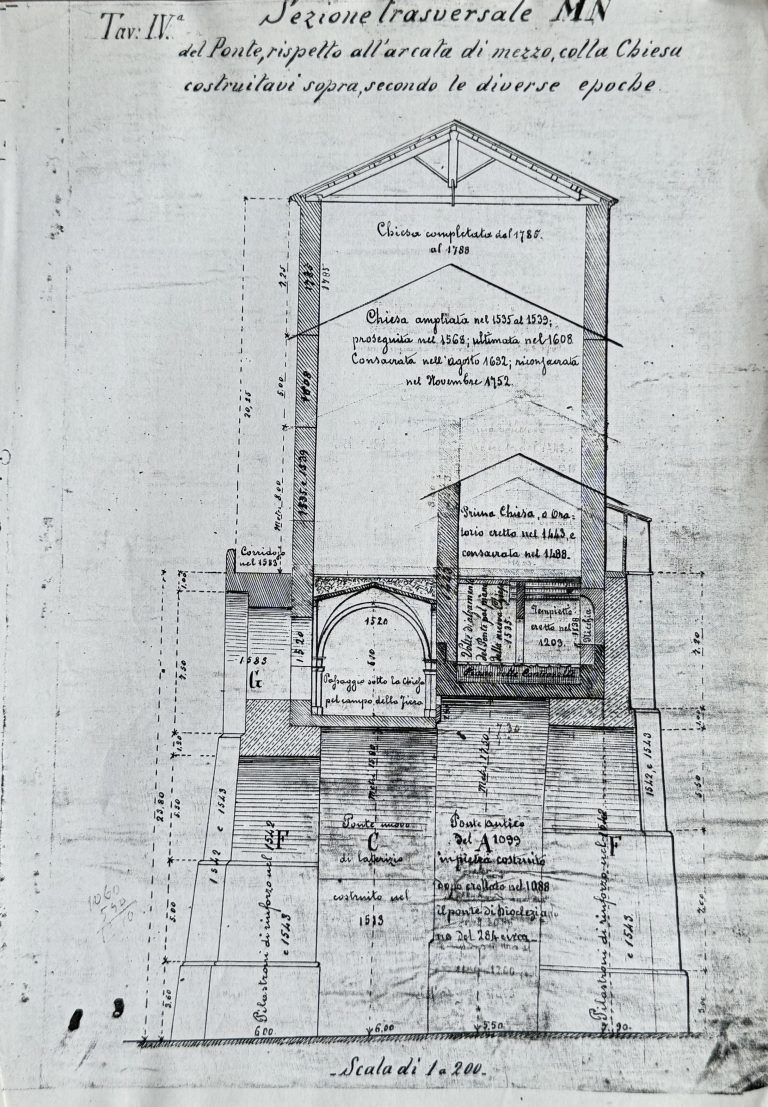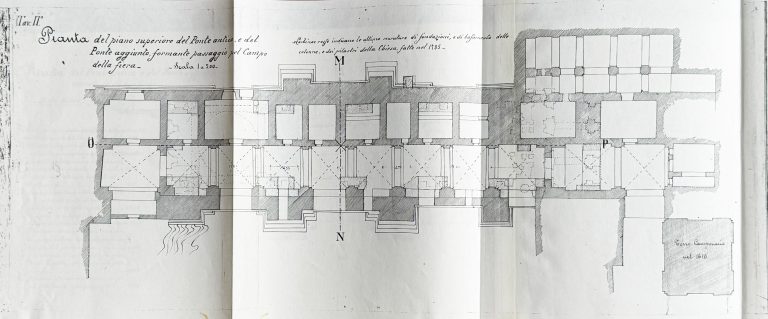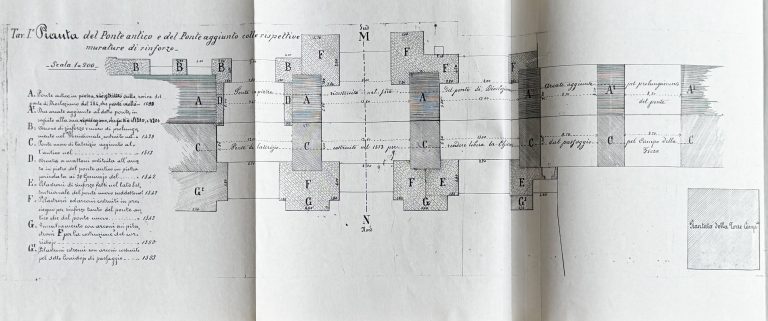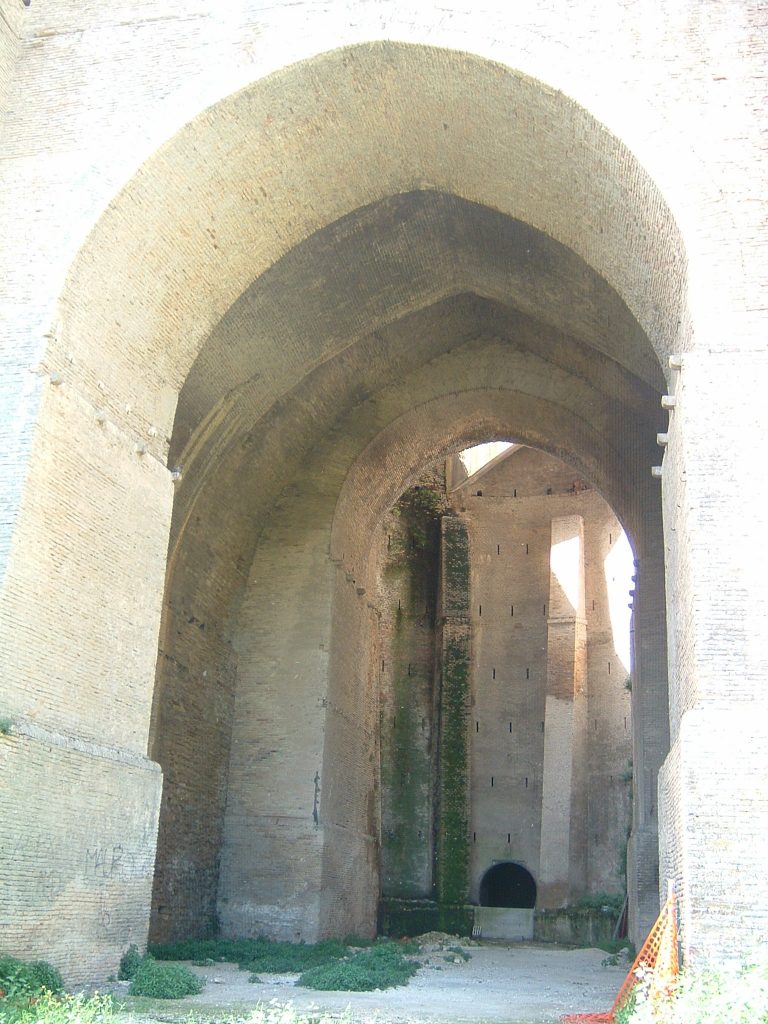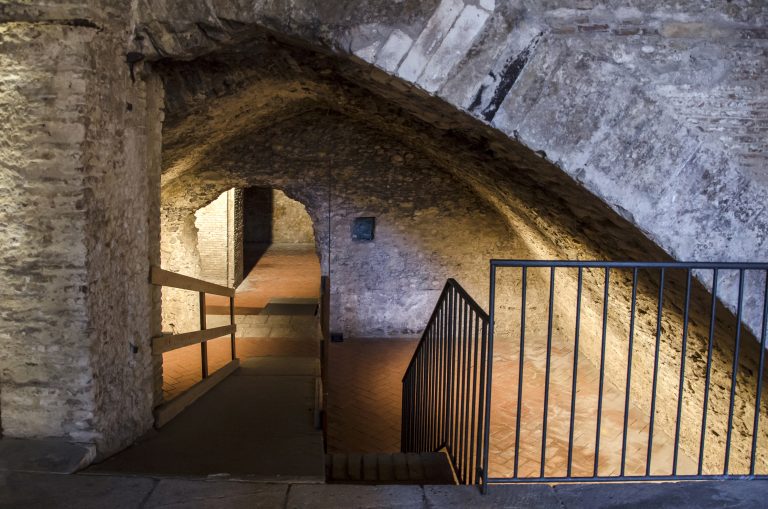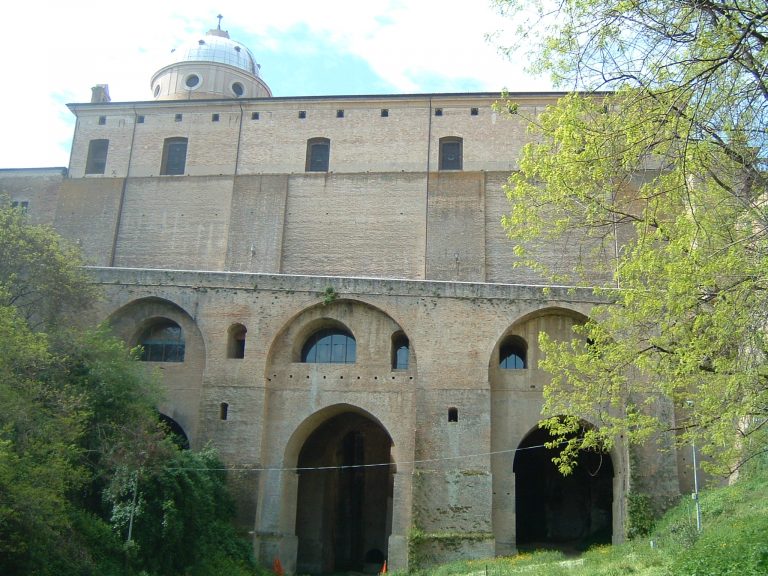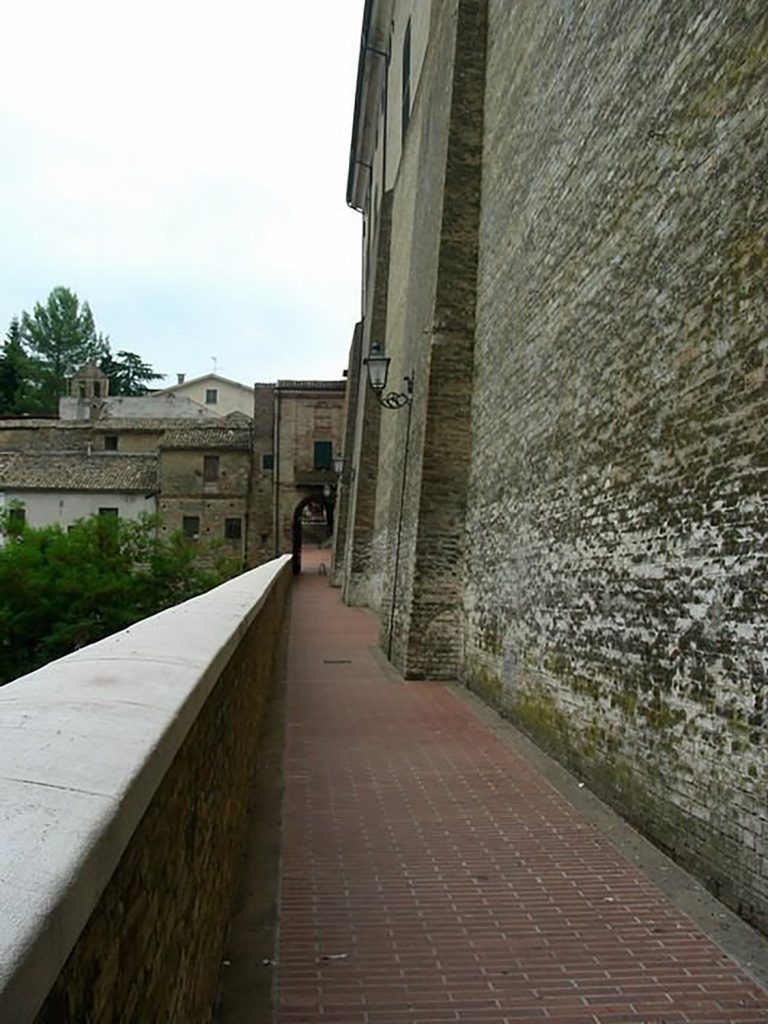The Cathedral of the Madonna del Ponte: history, art, devotion
The Diocletian bridge: the foundations of the Cathedral
The Diocletian bridge: the foundations of the Cathedral
MENU
Retracing a journey through the history of the Cathedral of the Madonna del Ponte in Lanciano means, first of all, understanding the complex history of the architectural structure at its foundation: the Diocletian Bridge, an ancient connection for a city that has always been oriented, thanks to its strategic geographical position, towards thriving markets, fairs, and commercial exchanges.
The current Piazza Plebiscito (the ancient Curtis Anteana) and the Fair Plain, located beyond the Fosso della Pietrosa, were connected by the ambitious structural complex, which, in the interest of continuous use, underwent various expansions, modifications, and restorations over the centuries, complicating its correct interpretation.
Knowledge about the Roman bridge is based on data passed down by historians, among whom Omobono Bocache stands out. According to him, the Roman bridge would have been destroyed, leaving behind a visible ruin. It is considered likely that the bridge was destroyed by the great earthquake of 1088. Furthermore, recent excavations in the area of Piazza del Plebiscito uncovered artifacts dating back to the 3rd century AD, right at the bridgehead. These can be seen from the Underground Archaeological Path that emerged after recent excavations, which allowed the connection of corridors, passages, and rooms adjacent to the Diocletian Bridge, revealing numerous architectural details. All this would confirm the tradition that dates the construction of the first bridge, intended to cross the Pietrosa Valley, to the time of Emperor Diocletian.
Over the centuries, the structure evolved in a rather complex manner: Bocache transcribed the text of an inscription, now lost, found in 1785, and mentioned the reconstruction of the bridge – the current one with five pointed arches entirely made of stone – completed in 1138 and dedicated to the modesty of Mary. In 1429, the construction of “a circular arch on the southern side facing the first eastern arch, partly made of stone and partly of brick, with an extension wall meant to support the old stone bridge, which had suffered damage” is documented. From 1443, the bridge and the church began to be fully connected and underwent successive expansions. On the northern side of the Diocletian Bridge, and adjacent to it, the Catena Bridge was built in 1488, while in 1583, the addition of the so-called “Corridor” with a series of five brick semicircular arches attached to the northern side further widened the structure. At this point, the structure could be considered completed and continued to serve as a connection between the city and the Fair Plain until 1905, when, after filling in the upper part of the Pietrosa Valley, the new street named Corso Trento e Trieste was created.
With the approval of the urban plan for Lanciano in 1901 by architect Filippo Sargiacomo, the project to extend the city beyond the bridge began, and over time, the bridge became progressively concealed by urban expansion along the street. Various subsequent uses – including as a shelter during air raids – accompanied the modern evolution of the ancient bridge, until it became, since 1973, the current location for cultural events and summer music courses under the name “Auditorium Diocleziano.”
Please , update your browser

